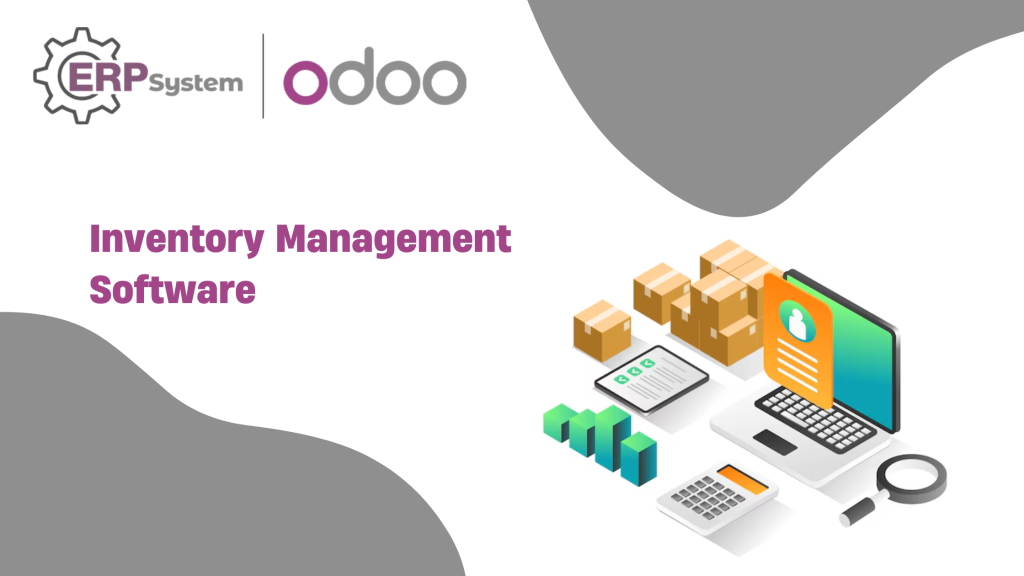
I. Introduction
Inventory is at the heart of every business — whether you run a retail store, a wholesale distribution company, or a manufacturing unit. The way inventory is managed can make or break profitability. Poor visibility, manual errors, and lack of proper tracking often lead to common issues such as overstocking, stockouts, wastage, and high carrying costs.
To overcome these challenges, businesses are increasingly turning to inventory management software. By automating processes, providing real-time visibility, and enabling smarter decision-making, it plays a crucial role in reducing costs while boosting efficiency.
III. How Inventory Management Software Reduces Costs
- Real-time Stock Visibility
- Provides accurate data on stock levels across warehouses and stores.
- Prevents both overstocking and stockouts by aligning supply with actual demand.
- Supports accurate demand forecasting using sales history and trends.
- Optimized Purchasing & Reordering
- Automates purchase orders and sends reorder alerts when stock falls below thresholds.
- Improves supplier negotiations with accurate purchase data and timelines.
- Avoids emergency procurement costs by planning ahead.
- Reduced Wastage and Shrinkage
- Tracks product expiry dates, reducing the risk of obsolete or expired goods.
- Monitors discrepancies to minimize theft, misplacement, or shrinkage.
- Lower Storage Costs
- Helps businesses utilize warehouse space efficiently.
- Reduces unnecessary holding costs by maintaining optimal inventory levels.
III. How Inventory Management Software Boosts Efficiency
- Automation of Manual Processes
- Replaces tedious manual entries with automated tracking.
- Saves staff time and reduces errors in updating stock records.
- Integration with Sales & Accounting
- Seamlessly connects inventory with sales invoices and accounting ledgers.
- Eliminates duplicate entries and speeds up reconciliation.
- Data-Driven Decision Making
- Generates real-time reports on stock movement, sales trends, and profitability.
- Equips managers with insights for smarter purchasing and sales planning.
- Multi-Location & Omnichannel Support
- Centralized tracking of inventory across warehouses, retail outlets, and online platforms.
- Ensures timely fulfillment of customer orders, improving customer satisfaction.
IV. The Hidden Costs of Poor Inventory Management
Managing stock without proper systems in place comes with hidden expenses that often go unnoticed:
- Overstocking and tied-up capital – Purchasing excess inventory blocks working capital that could have been used for growth.
- Stockouts leading to lost sales – When items go out of stock, businesses not only lose revenue but also risk damaging customer trust.
- High storage and carrying costs – Maintaining unnecessary inventory increases warehouse rent, utilities, and labor costs.
- Manual tracking errors – Relying on spreadsheets or paper records often results in mistakes, delays, and inefficiencies.
These inefficiencies add up quickly, making inventory a cost burden instead of a profit driver.
V. Conclusion
Poor inventory management often results in high costs and inefficiency, hurting profitability. With the help of inventory management software, businesses can achieve:
✅ Cost savings through optimized stock levels.
✅ Increased efficiency with automation and integration.
✅ Smarter decision-making with real-time insights.
In today’s competitive market, adopting inventory management software is not just an option — it’s a necessity to stay efficient, reduce costs, and deliver better customer experiences.
👉 Ready to take control of your inventory? Start exploring inventory management software today and future-proof your business operations.
